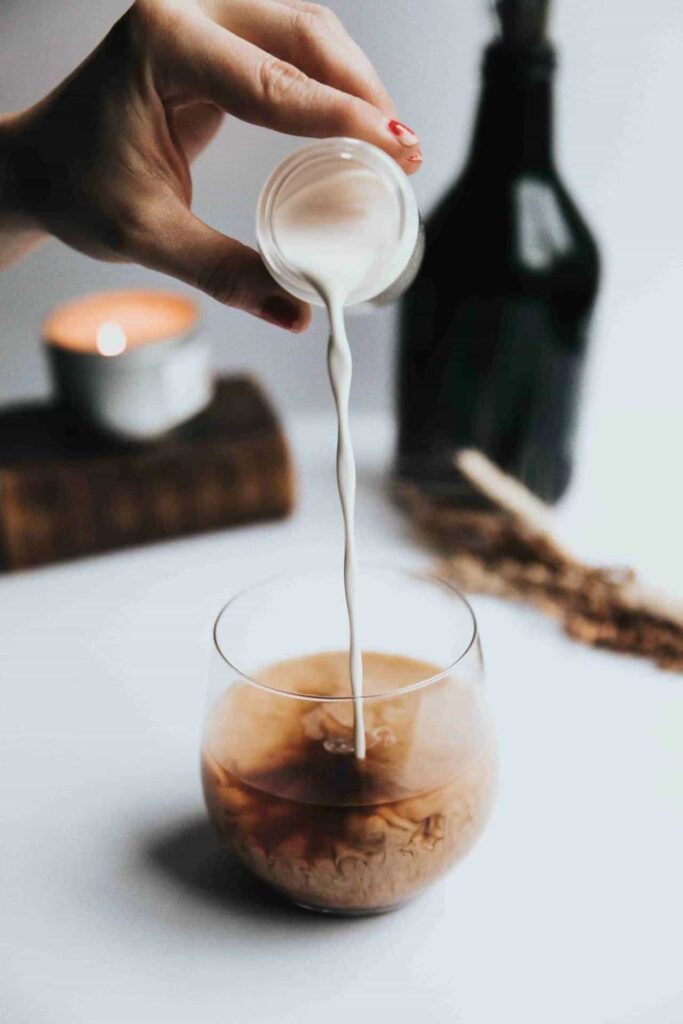
The dairy industry has always been integral to daily nutrition, and with it, the packaging for milk has continually evolved. While there are various materials, glass is a superior choice for quality, sustainability, and aesthetics. In this comprehensive guide, we will delve into the nuanced world of glass milk bottles, comparing shapes, sizes, and cap materials to help procurement officers from milk brands, beverage companies, and retailers make informed decisions.
Section 1 Why Glass Milk Bottles Surpass Plastic: Clarity and Quality
1.1 Sustainability and Health: The Clear Advantages of Glass
When it comes to choosing between glass and plastic, two factors stand out: environmental impact and health implications. Glass milk bottles offer a compelling advantage in both areas. The production of glass involves natural raw materials such as sand, limestone, and soda ash – resources that are abundant and less harmful to our environment compared to the complex polymers used in plastics.
Moreover, glass milk bottles are 100% recyclable and can be recycled endlessly without loss of purity or quality. This infinite recyclability ensures a lower environmental footprint, as each recycled glass bottle saves raw materials and reduces greenhouse gas emissions.
From a health perspective, glass is non-porous and impermeable, which means there is no interaction between glass packaging and the product inside. This ensures that milk retains its purity, taste, and nutritional value without the risk of chemicals leaching into the product, a concern often associated with plastic containers.
1.2 The Durability and Reusability Factor
Glass is known for its durability. A glass milk bottle can withstand multiple uses, making it a staple for returnable bottle programs. These programs not only foster customer loyalty but also promote a culture of sustainability within the community. The robust nature of glass significantly reduces the need for single-use packaging, aligning with the growing global eco-conscious consumer trends.
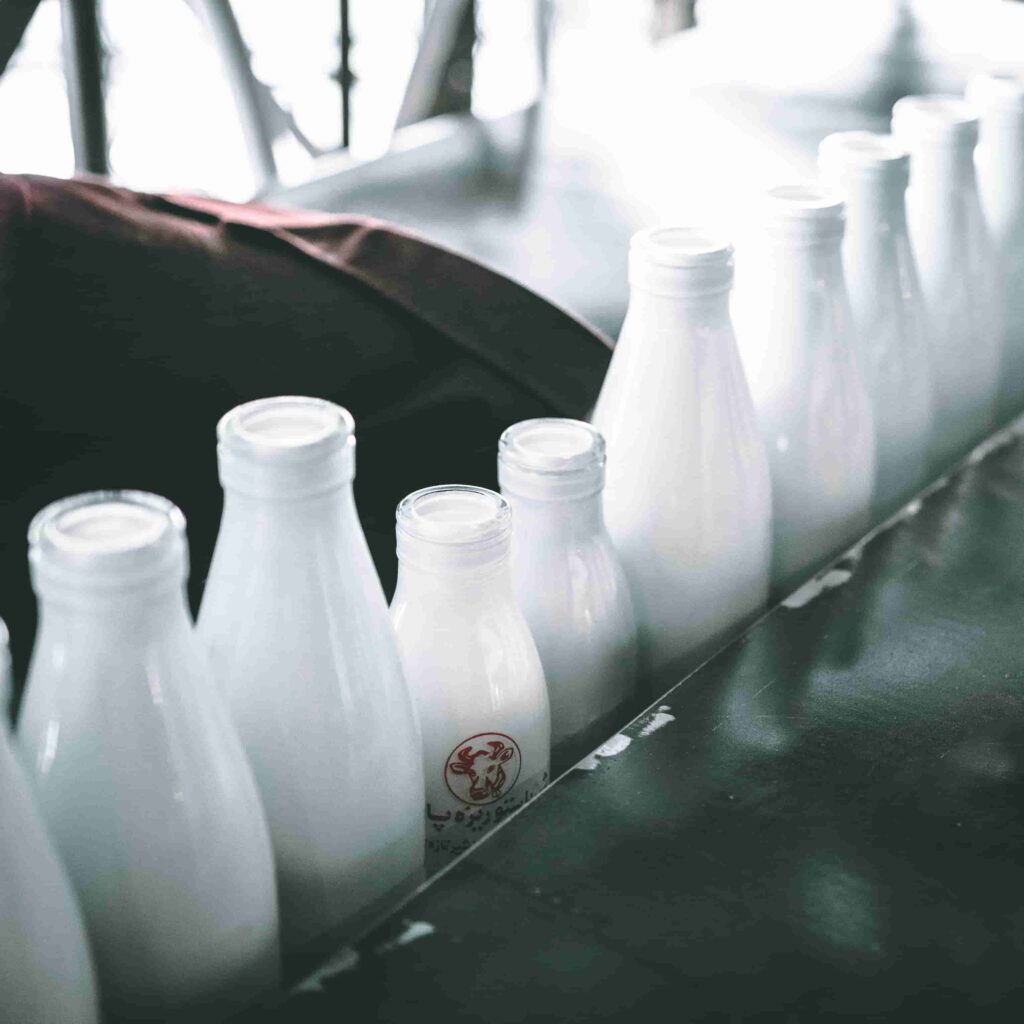
Section 2 The Shape Debate: Round vs. Square Glass Milk Bottles
2.1 Round Glass Milk Bottles: The Classic Choice
The traditional round shape of glass milk bottles is not just about aesthetics; it has practical benefits too. The curved surface of a round bottle provides structural integrity, allowing it to withstand internal pressure and external forces better than other shapes. This is particularly advantageous during pasteurization, where bottles are subjected to high temperatures.
Moreover, the round shape ensures an even distribution of liquid, which facilitates a consistent cooling process. This is vital for milk, as rapid and uniform cooling is crucial to maintain its freshness and shelf life. The ergonomic benefits cannot be ignored either; round bottles are easier to grip and pour, enhancing the user experience.
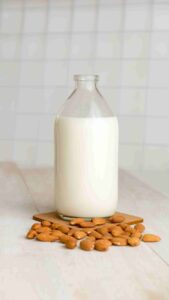
2.2 Square Glass Milk Bottles: Maximizing Space
On the other hand, square glass milk bottles offer their own set of advantages. Their unique design allows for optimal space utilization, making storage and transportation more efficient. Square bottles fit snugly together, reducing movement and the potential for damage during transit.
In terms of shelf appeal, square bottles provide a modern look and a flat surface that can be used for innovative branding and labeling. For businesses looking to stand out on the retail shelf, square glass milk bottles present an eye-catching alternative to traditional round bottles.
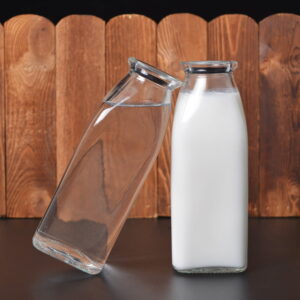
Section 3 Sealing the Deal: Metal Caps vs. Plastic Caps
3.1 Metal Caps: The Seal of Sustainability
Metal caps have a longstanding history with glass milk bottles, offering a secure and sustainable sealing option. Made typically from aluminum or steel, metal caps are durable and fully recyclable, complementing the eco-friendly profile of glass. They are often favored for their classic look and the tight seal they provide, which is essential for preserving the freshness of milk.
3.2 Plastic Caps: Modern Convenience
Plastic caps, while not as environmentally friendly as metal, offer modern conveniences. They are lightweight, less prone to denting, and can be designed with threads or snap features for easy opening and resealing. However, the environmental implications of plastic caps cannot be ignored, as they contribute to plastic waste, which is a growing global concern.
For brands and retailers, the choice between metal and plastic caps involves balancing customer convenience, brand ethos, and environmental impact. It is a decision that should align with the company’s values and the expectations of its environmentally conscious consumers.


Section 4 Choosing the Right Glass Milk Bottle for Your Brand
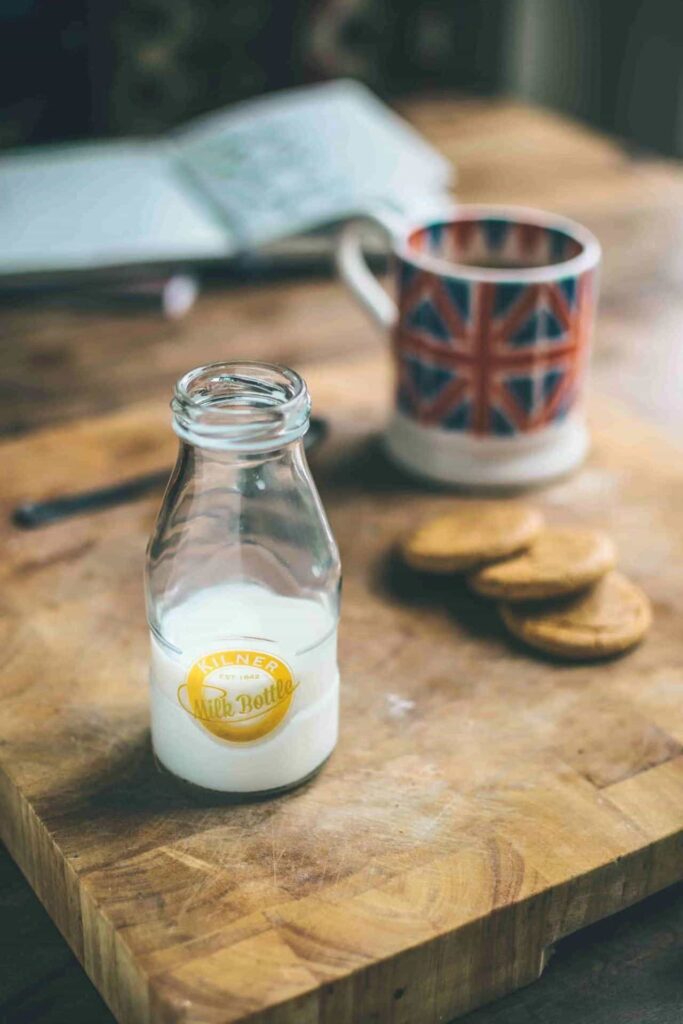
In a marketplace where differentiation is key, glass milk bottles offer brands a plethora of options to stand out. The decision to opt for a particular size, shape, and cap for your glass milk bottles is influenced by multiple factors including product distinction, brand identity, environmental policies, and consumer preferences. It’s not just about what contains the milk; it’s about what conveys your brand’s message and values. Whether you choose round or square, metal caps or plastic, the constant is the quality and sustainability that glass brings to the table.
For further detailed comparisons, sustainability reports, and visual aids on glass milk bottle options, visit our website. Dive deep into the world of glass manufacturing and discover how your brand can benefit from partnering with a seasoned expert in the field.
Choosing the right glass milk bottle is more than a practical decision—it’s a statement about your brand’s commitment to quality and the environment. Let us help you make that statement with confidence and clarity.










